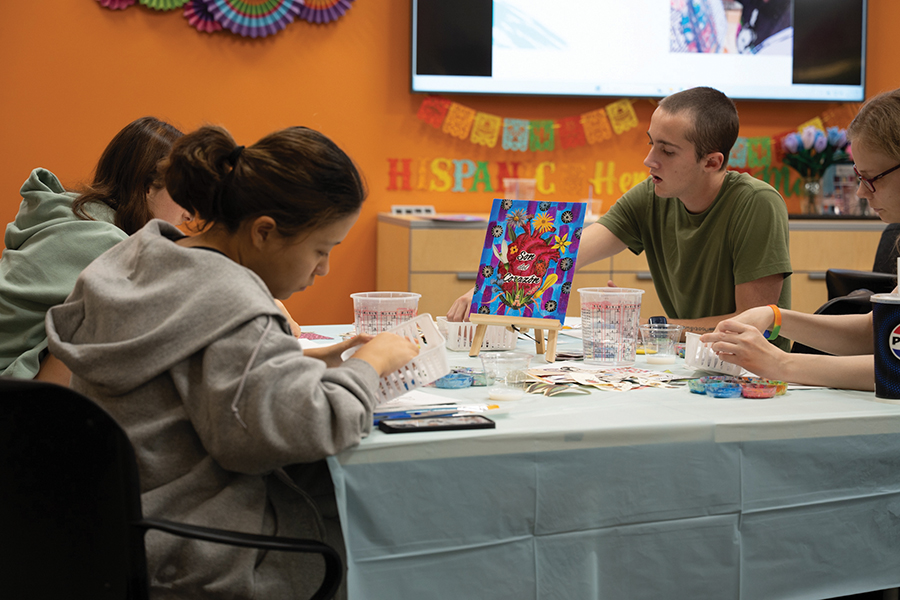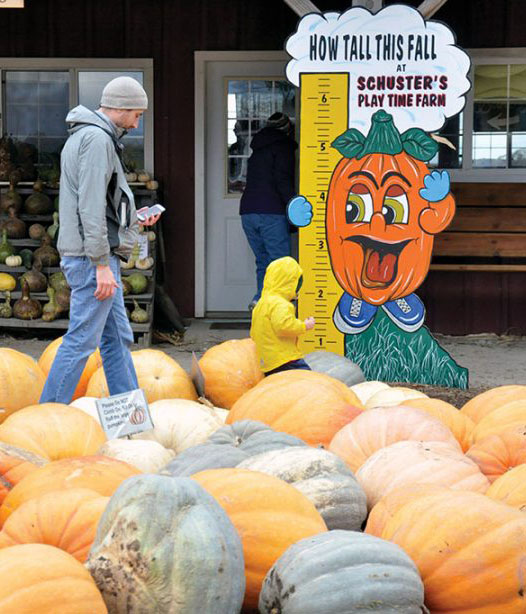The world reached a mile marker. The earth’s population just surpassed seven billion people. It took roughly 50 years for the world’s population to double to where it is now. At the current rate, it will double again in about 90 years, according to the United Nation Population Fund.
In the past, it was believed that the population was naturally controlled by natural disasters, survival of the fittest, and normal cycles of the earth’s disastrous winters, plagues and droughts. In modern day though, with technology and medicine at its most advanced point, disasters on a large scale are something of the past. Add in the rising life span of mankind, and more and more humans are here for longer than ever before.
In our current era, birth control seems to be the biggest hope for blunting mankind’s massive and natural ability to reproduce. Since catching on in the 1960’s, the average rate of births per woman in the United States has declined from 4.9 to 2.7 according to data from the United Nations. In other countries such as China, the government has put restrictions on the amount of births a family is permitted, currently limiting a family to one child in an effort to control the exploding population.
In other areas of the world, poverty and a lack of education prevent women from seeking means to control her fertility. Children can easily number into the double digits in a woman’s lifetime. With the rate of survival though, this is viewed as an insurance policy that the parents will have offspring to care for them in their older years.
The great debate at large remains the question of whether or not the world can sustain the ever-increasing amount of humans that are creeping further and further into less inhabitable areas. How long can cities extend their borders before farmlands are encroached upon and the food supply is effected? How will the world even be able to sustain the growing population with less nutritious foods and a shrinking supply of fresh and uncontaminated water?
Foundations such as World Population Foundation and the Population Research Institute (PRI)take these issues into concern on a daily basis. Their focus is the quickly crowding globe we all are learning to share. According to the PRI, even with the current seven billion inhabitants Earth now holds, the planet is not yet overpopulated. In fact, each person would be entitled to a plot of over five acres if the useable land on the earth was divided fairly. If you put every single human in Texas alone, everyone would be entitled to 1,100 square feet, the size of an average middle class home.
Knowing that necessity is the mother of invention, I think of advancing technology that is and will continue to help us meet the ever-changing demands that are put on our societies. Land is producing faster and more bountifully than ever before, and food is able to be preserved, stored and dispersed in ways that the world of our grandparents would never have even dreamed was possible. Regulations are constantly being revised to protect contaminants from being allowed into our waterways and farmlands, with ideas such as “green” living and carbon-neutral footprints being encouraged.
In our current state, it is nearly unfathomable for us to consider what the world can and would be like with a population of 10, 15 or even 20 billion people. But then again, when we hit one billion, we never dreamed that we would be able to sustain seven. It is unrealistic to say that adjustments, modifications and changes won’t have to be made over time.
When you think about it, just 50 years ago, we weren’t even able to control the size of our family. As the most intelligent creature on this amazing earth, I have no doubt that the same species that invented micro technology, the written word and the Internet, will without a doubt be able to come up with a solution to not only care for, but control the demands that are put on this earth. We have to, we have no other choice.



























